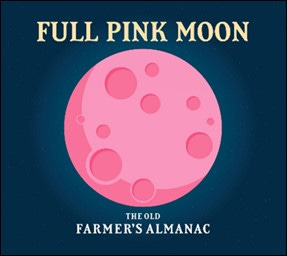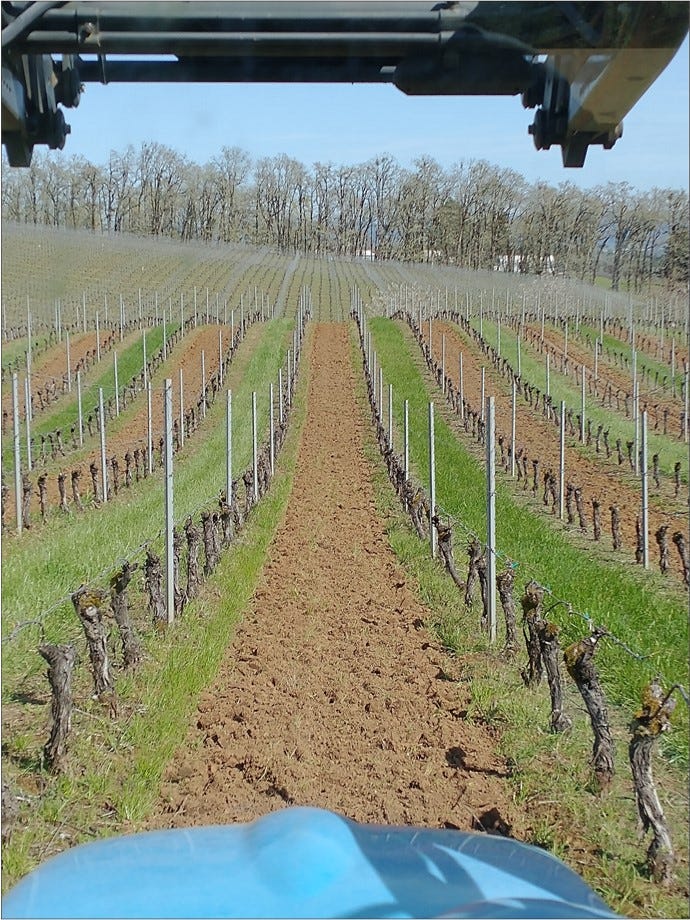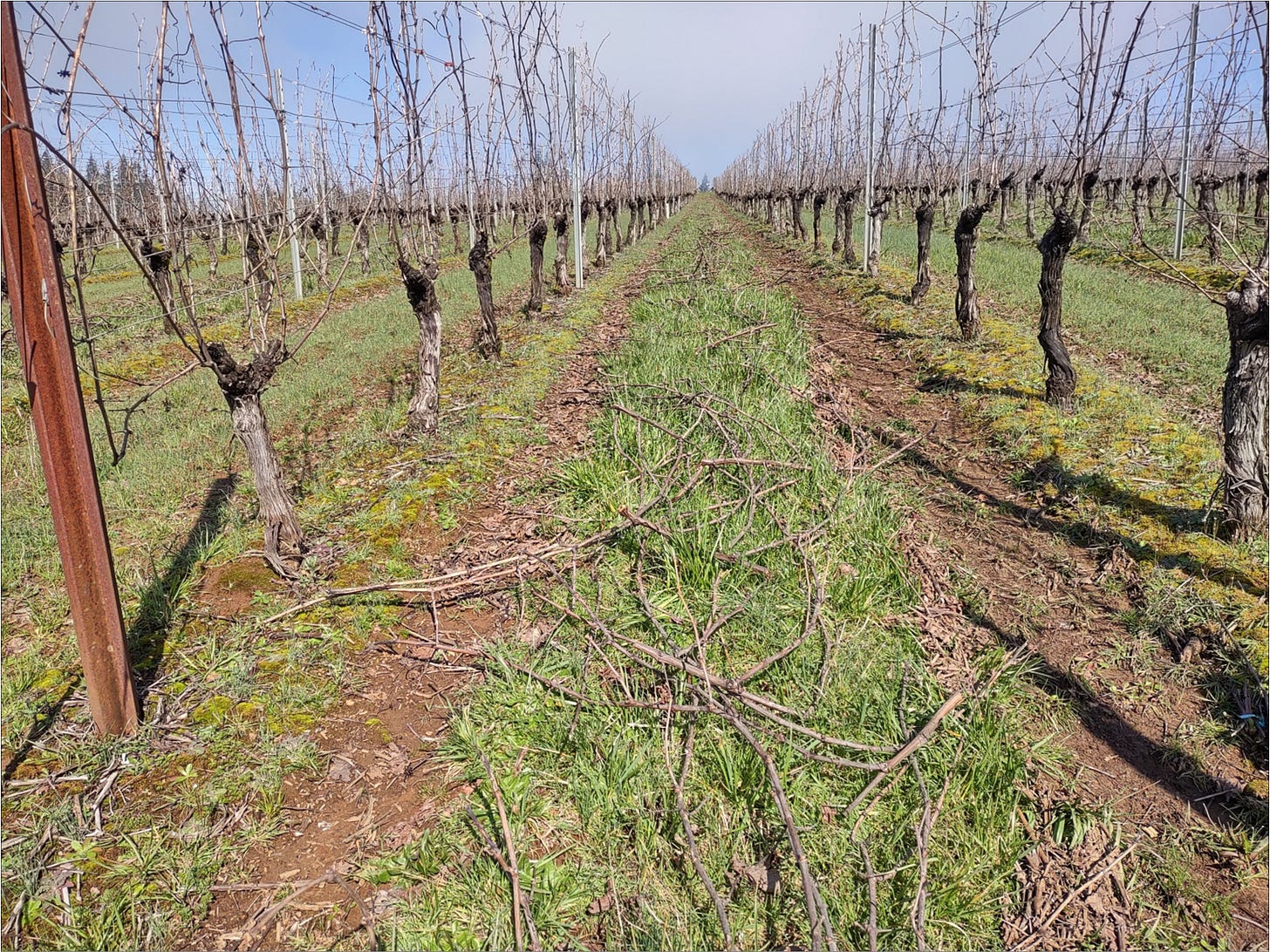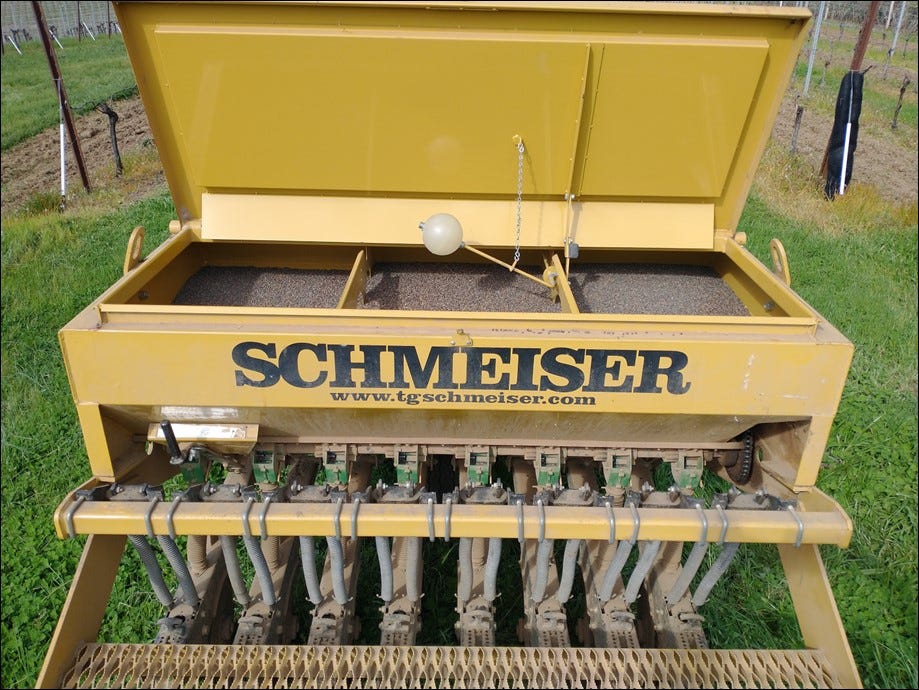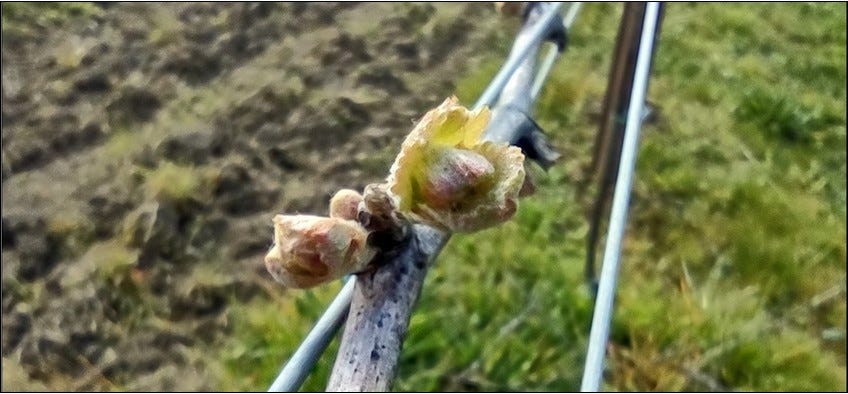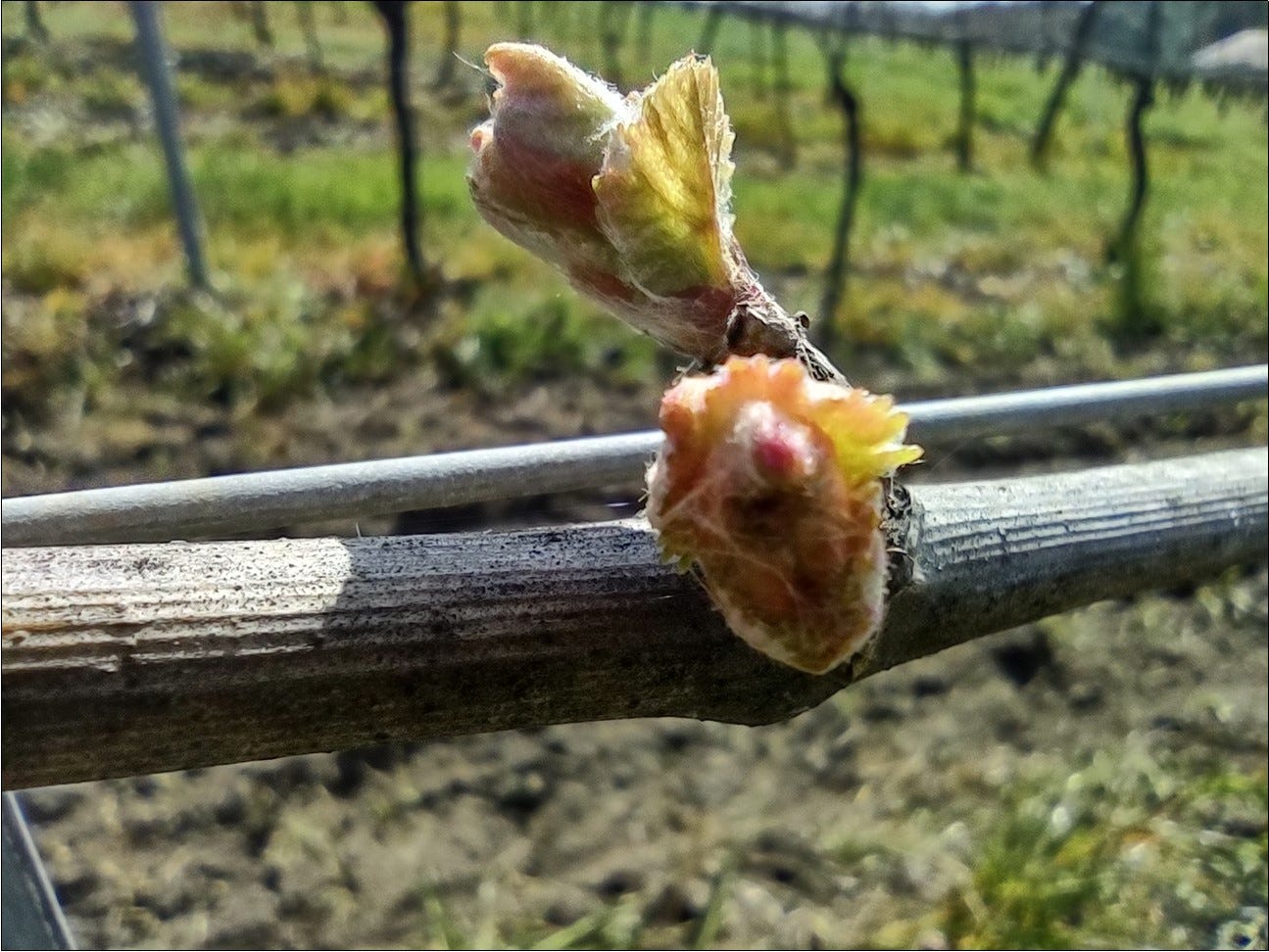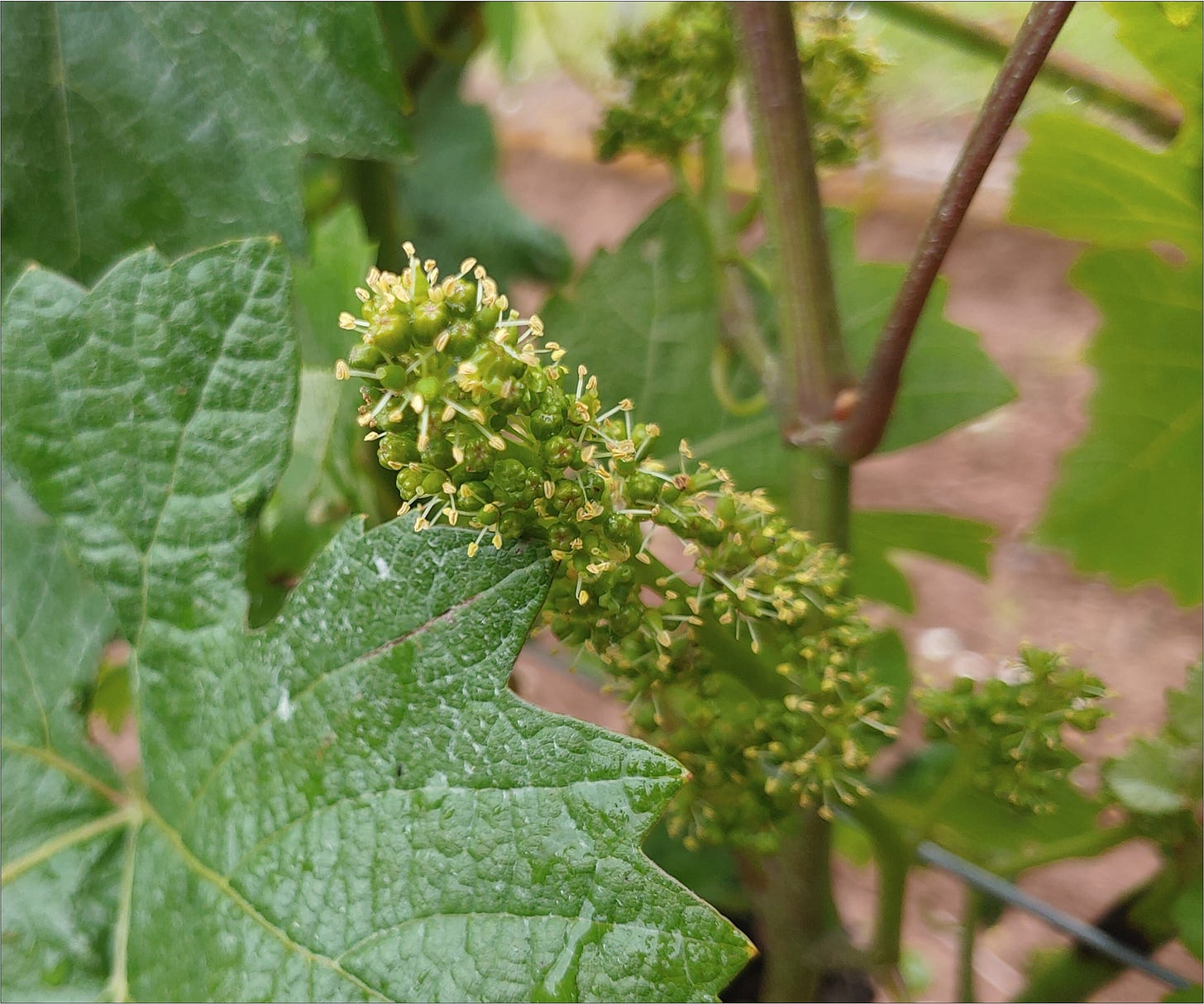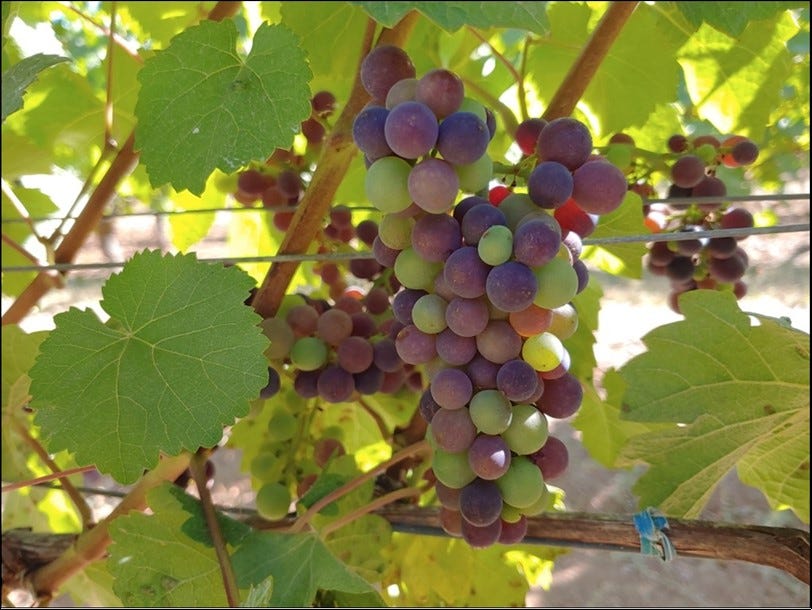Amalie Robert Estate Special Update: 2022 Easter Pink Full Moon & Earth Day
Hello and Welcome,
Are you feeling it? We are definitely feeling it here. It’s that full moon fever (or maybe cabin fever.) And not just any moon, the April full moon is a Pink full moon. It is also known as the Paschal Full Moon this year because it is the first full moon of spring. For those of you who believe in the Easter Bunny, Easter falls on the first Sunday after the first full moon of spring. That is when you harvest Easter Eggs, Julian calendar date 107. We recommend avoiding the dog park for your Easter Egg harvest.
For those of you who do not believe (and may have recurring Easter Bunny nightmares), there is a Black moon on April 30th. A Black moon is the second new moon to occur in a calendar month. And you can’t see it because the part of the moon that is illuminated by the sun is directed away from the Earth. You just have to trust that it exists. Know that it is real. Note: Earth is where (most of) you are. We even have a day to remind us of that.
Preparing the Earth for spring cover crops at Amalie Robert Estate!
Earth Day is Friday, 4/22/22, Julian Calendar Day 112
Earth Day, April 22, 2022. This is the day we recognize what planet we live on and are thankful that we have yet to incinerate it (the West Coast being exemplary in those efforts). Since it is the only planet that is known to grow wine, we would be well served to invest in its future, which if you think about it, is our future. And eventually, our collective destiny. Gotta make hay while the sun shines… on you.
This includes the world’s great fisheries that provide us with Pacific Northwest Chinook Salmon and Norwegian Steelhead. Both ideal foils for Willamette Valley Pinot Noir. And oysters and all manner of crustaceans for scintillating, high acid white wines - think Willamette Valley Chardonnay if you can.
We have been mindful of the Earth. It is a great teacher. It is there for you 24x7. You can ask it anything you like and experiment to your heart’s content. Although in the annual farming cycle, it may be a while before you get a response. And even then, there is no guarantee you will understand the response that you get. But in farming, you can never make a mistake if you remember this simple phrase: “I meant to do that.”
Ernie has been a student of farming now for about 20 years. Asked all sorts of questions and gained a tremendous amount of experience. For those who are new to the FLOG, we would have you know that experience is what you get, when you don’t get what you want. Or said another way, a successful failure. Just as long as you learned at least something, if nothing else than what not to do.
Farming requires a specialized set of skills. Often these skills are picked up real time in the high intensity farming environment. Farming is time sensitive, and Mother Nature has little patience for just dawdling along. So, Ernie has put this hard-earned, Specialized High Intensity Training to good use preparing the vineyard floor, which is soil, also known as earth, for Vintage 2022. Let’s review, shall we, the tasks completed so far:
Daily lifting of the fog: More of an ancillary atmospheric task, but it still counts.
Brown canes and green grass ready to feed the soil.
Mowing up the brown canes with the green grass to feed our soil microbes, worms and other assorted life forms large and small. Think of estate grown compost grown in situ and you are spot on. And in Oregon, we all use a bio-diesel blended fuel. Smells like... French Fries, sort of...
Ernie rototilling in last fall's cover crop.
Rototilling the cover crop from last fall. This is triticale (grass to store nitrogen) and winter peas (to fix nitrogen) thus releasing stored energy into the soil (earth) to feed our vines. Why buy chemical fertilizer, when you can grow your own? Willamette Valley winegrowers first, winemakers second - stewards of the land always.
Cover crop seed drill loaded with a blend of buckwheat and common vetch.
Planting ahead with our spring blend of buckwheat and common vetch. This delightful blend is pure magic in our soil, the Earth loves it! The buckwheat flowers early to feed our beneficial insects, and the vetch fixes nitrogen right out of the atmosphere. Both plants get their morning due in the form of the Pacific Coast onshore flow of summer dew. And then just around harvest time, they are spent and returned to the soil.
And now we have the big reveal!
Winemaking: The Continuation of Terroir by Other Means. ® by Dena & Ernie from Amalie Robert Estate. Oregon Willamette Valley Pinot Noir, Chardonnay et al. A FLOG communication (Farming bLOG). You can keep up with Vintage 2022 with our Instagram account @AmalieRobert.
The Main Story
Bud Break Vintage 2022.
Bud Break, Vintage 2022 occurred on April 8th, Julian calendar date 98. The first vines to show off their newly released spring growth were the Chardonnay Dijon Clone 95. Tractor drivers, start your engines…
Bud break is a sign of encouragement that all of the collective experiments and ideas you have implemented thus far have had at least some positive effect on the vineyard. And at the very least, have not killed the vines. For a winegrower, witnessing bud break can be a cathartic experience, in more ways than one.
After the emotional relief of seeing the newly emerged spring growth, soon thereafter reality sets upon you. And not gently like the early years of not knowing what lies in store, or in wait, for you. Yes, there will be periods of exponential vine growth met with a lack of field hands to manage it, and equipment failures at the most inopportune times all compounded by unfortunate, but not uncommon heat and drought conditions. You don’t have to be crazy to grow Pinot Noir, but it can be a naturally induced state of self-preservation. And sometimes, a cigar is just a cigar.
After Ernie gets moving each morning, with the benefit of a full measure of morning accelerant, he will perform a situational review. That tells him what he will actually be doing that day, regardless of the plans from the night before. Sometimes the plans survive overnight, sometimes they do not. Plans are time sensitive, and perishable.
Dena will usually say something positive and encouraging as Ernie makes his way to the vineyard. She knows where he is going. He is going farming. Ernie smiles and gives her a knowing glance, their eyes meet briefly. According to legend, Winston Churchill once said “{Tact or Love} is the ability to tell someone to go farming in such a way that they look forward to the trip.”
What Does This Mean and Why Should I Care?
Bud break is the first of several milestones along the road to the Great Cluster Pluck. The key vineyard events are laid out in 60 day increments as follows:
Pinot Noir bud break, it's twins!
Bud Break: This is where the vines wake up. The average date is April 15th. This is a significant day that most people are familiar with. That’s right, it is the day your national mathematics examination is due, Form 1040 - including payment. Julian calendar day 105.
Pinot Noir flowers.
Flowering is typically around June 15th. We add 105 days and pencil in a Cluster Pluck window. A typical Willamette Valley vintage takes 105 days from flowers to full aroma and flavor in the wine berries. Syrah gets an extra allotment of 15 to 30 days, and that makes all the difference. Julian calendar day 166.
Pinot Noir veraison.
Veraison, or color change is mid-August. That’s when the vine says: “You can hang around here for a while, but I am cutting you off from the Phloem.” The Phloem is where the photosynthates are translocated from the leaves to the rest of the vine. The Xylem is perfectly intact and that is where water is translocated throughout the vine. The wine berries then begin to degrade malic acid as their primary energy source, thus reducing acidity and increasing fructose and glucose. Julian calendar day 227.
Pinot Noir ready for The Great Cluster Pluck.
The Great Cluster Pluck used to start in October. It still may in other parts of the world. Our typical harvest dates have been creeping back into September and for some even into August for still wine. The benefit of an early harvest is lack of exposure to wildfire smoke, rain, rot, birds and all of the other things that make farming, farming - ah despair. The downside is that the wine berries have not reached their full potential, and the resulting wine may be of lesser quality. If you see these events on the horizon, the thought of an early Cluster Pluck conjures up this dialog: “I agree they are not great, but this may be all the better they are going to get.” This dialog is followed by the “go, no-go” scenario. In Vintage 2020, it was the NO-GO scenario for us. Julian calendar day 288.
The Numbers
The growing season milestone numbers we are talking about come from the Julian calendar. This is a very simple construct to understand and implement. Therefore, a very good match for farming or any other discipline where there can be little tolerance for ambiguity in the date an event has occurred or is forecast to occur.
Each day from the beginning of the year is sequentially numbered. This makes it easy to calculate a harvest date as we know we need 105 days from flowering. None of this converting days to months hullabaloo. Having to remember is that 30 or 31 days in July? This is very simple and quick.
Want to know how many more days until Christmas, or your birthday? This is a great application for the Julian calendar. Just take today’s date and subtract it from the target date. Let’s use Christmas as an example. Christmas is Julian calendar day 359.
First, what is today’s date in the Julian calendar? Use this converter to determine the Julian calendar day. Then subtract it from Christmas, day 359. Aha, now you can see the number of days you have to wait to see Ralphie in the deranged Easter Bunny suit!
You can even print one out. It fits on a single sheet and all of the days are listed right farming there. And get this, there is one for the leap year, too! As far as farming goes, this is about the easiest thing there is.
Kindest Regards,
Dena & Ernie




